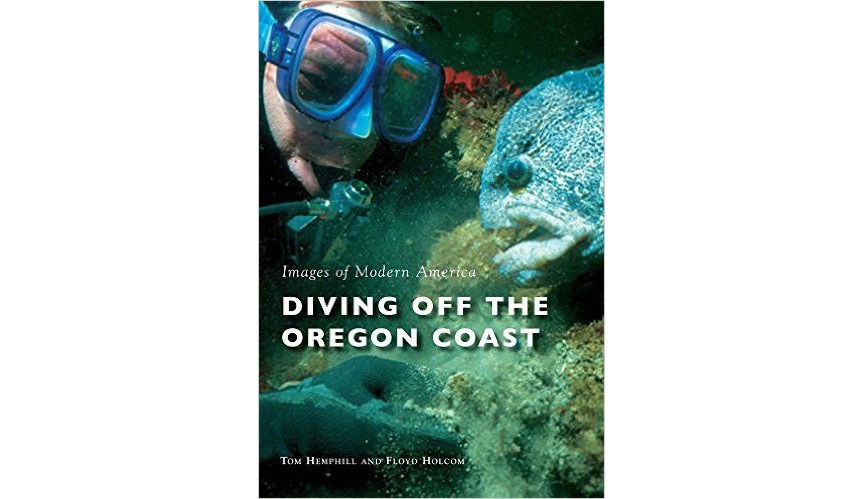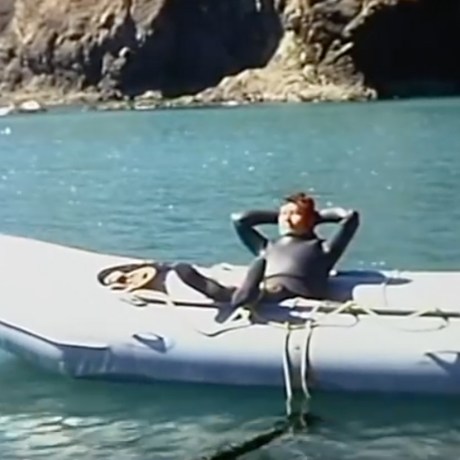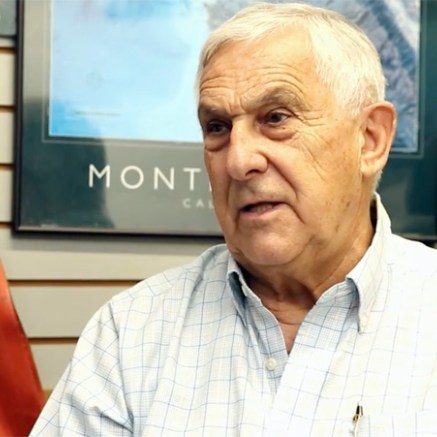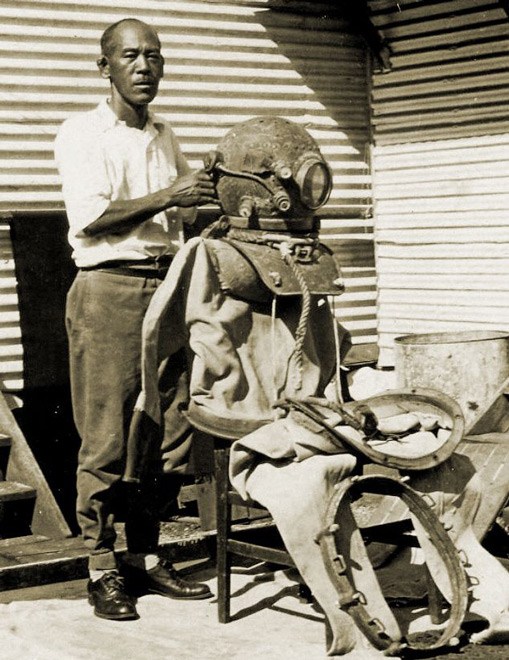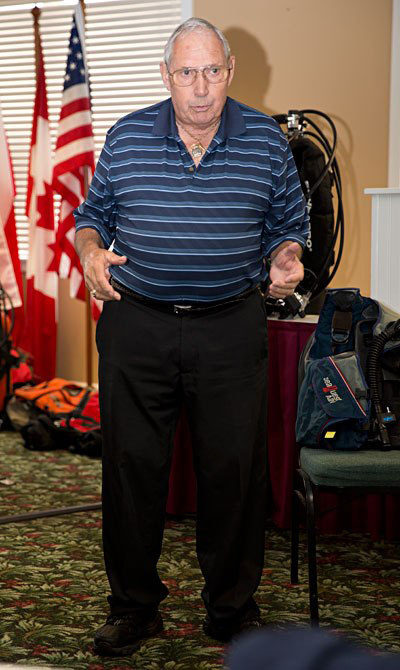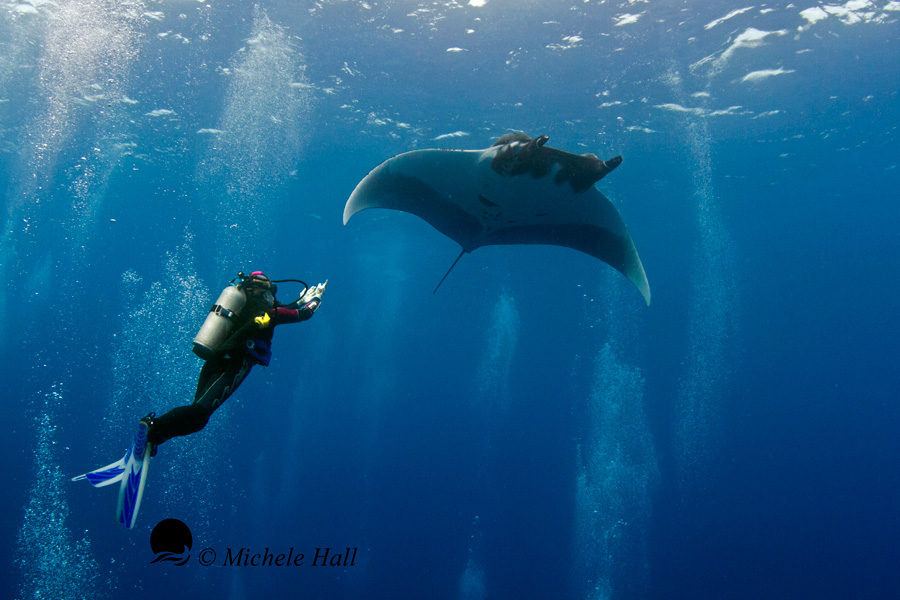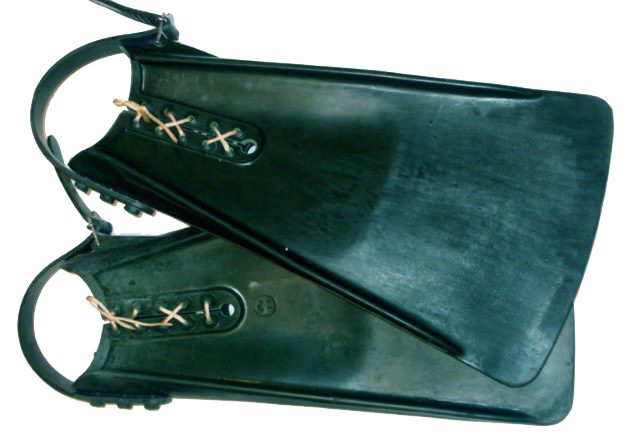History Makers | Articles | Dive Gear | Dive Clubs | Dive Sites | Videos | Sea Stories | Join Us | Donate | Contact
200 Feet Deep Working Diving in Hood Canal – Serious SCUBA Saves the Day! Written by Tory van Dyke Ed Forsyth, the owner of COMMERCIAL DIVERS, INC, Portland, Oregon, successfully bid a diving contract for the U.S. Navy in 1978. The job was located just outside the U.S. Navy Submarine Base in Bangor, Washington, on the world-famous Hood Canal. The…


